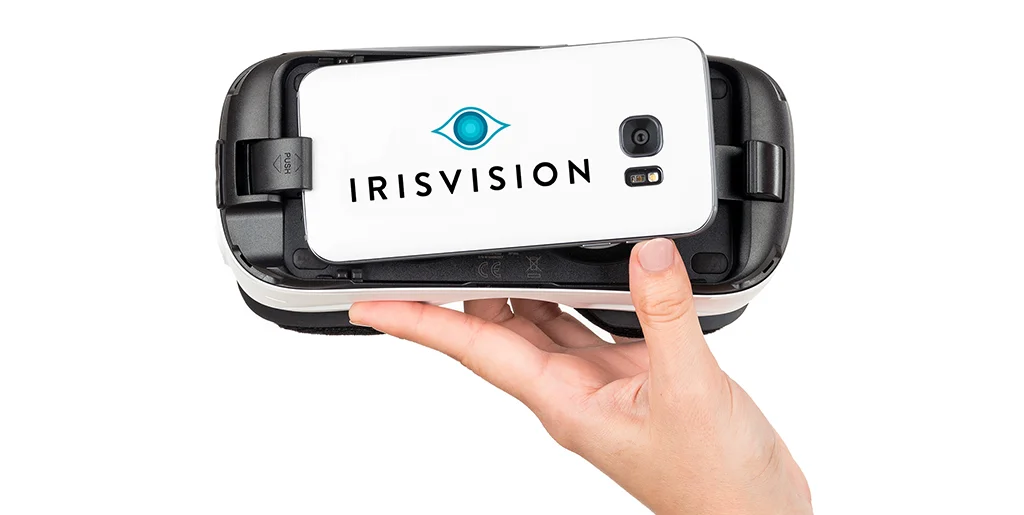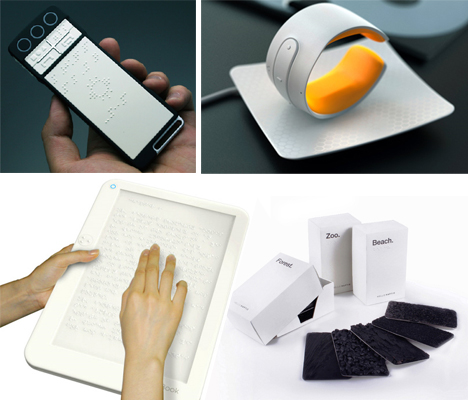Speech-to-Text Devices for Low Vision: Enhancing Convenience
Speech-to-Text Devices for Low Vision: Enhancing Convenience
Blog Article
Empowering Freedom With Assistive Innovation for the Blind
The assimilation of assistive modern technology right into the lives of people with aesthetic impairments represents a significant development in promoting independence and self-sufficiency. From ingenious display visitors to advanced smart walking sticks, these devices not only enhance daily navigation and interaction however additionally equip users to involve meaningfully in different elements of life. As we check out the myriad advantages and real-world applications of these modern technologies, it ends up being essential to analyze the underlying variables that contribute to their efficiency and the potential for future growths in this crucial area.
Summary of Assistive Innovation

The advancement of assistive technology is based in principles of inclusivity and empowerment. Innovations in software, equipment, and sensory enhancements provide customers with alternatives customized to their certain demands. From screen viewers that convert text to speech, to tactile tools that share details via touch, these devices transform the way people involve with their environments.
In addition to practical applications, assistive technology cultivates higher social incorporation and involvement in different markets, consisting of education and employment (Screen readers for the blind). As research and development proceed to develop, the capacity for assistive modern technology to even more improve the lives of visually damaged people continues to be encouraging, leading the way for a much more equitable culture where everybody can grow
Kinds of Assistive Instruments
A range of assistive devices have arised to support people with visual impairments, each created to satisfy details demands and enhance daily functioning. These tools range from low-tech solutions to high-tech developments, supplying diverse choices for customers.
Low-tech tools include magnifiers and large-print materials that assist in reading and writing. Braille devices, such as Braille slates and styluses, make it possible for responsive reading and communication. Positioning and mobility aids, like white walking sticks, help customers navigate their environment safely.
On the higher end of the spectrum, digital magnifying systems and display readers supply substantial assistance. Digital magnifiers allow customers to increase the size of text and pictures on displays, while display readers convert digital content into synthesized speech, promoting accessibility to details on computer systems and smart devices.
Smartphone applications likewise play an important role, offering attributes like message acknowledgment and navigation aid. Wearable modern technology, such as wise glasses outfitted with augmented reality, is becoming a promising tool to boost situational awareness.
Benefits of Assistive Modern Technology
The combination of assistive innovation significantly boosts the lifestyle for people with aesthetic impairments. These innovations equip customers by advertising self-reliance, enabling them to browse inexpensive eye exams near me their settings extra properly and carry out everyday tasks with higher convenience. Display readers and zoom software program allow individuals to access digital information, cultivating professional and academic chances that may have formerly been out of reach.
Additionally, assistive gadgets such as clever walking sticks and GPS applications provide real-time navigation help, boosting flexibility and security. This increased autonomy not only boosts self-worth but additionally motivates social interaction, permitting individuals to take part more completely in their communities.
Assistive technology likewise helps with communication, aiding customers get in touch with others with voice acknowledgment and text-to-speech applications. This capacity is crucial for preserving connections and accessing essential info.
Additionally, the personalization options available with many assistive technologies make sure that customers can tailor gadgets to their specific needs, additionally improving usability and effectiveness. In general, the advantages of assistive modern technology for people with visual problems are profound, promoting an extra inclusive culture where everybody can seek their goals and ambitions.
Study and Success Stories
Highlighting the transformative influence of assistive innovation, numerous case researches highlight just how people with aesthetic problems have successfully integrated these tools into their lives. One compelling example involves an university student that utilized display reading software application to navigate academic materials and on-line resources effectively. This technology not just facilitated her education and learning but additionally improved her self-confidence in taking part in discussions and team jobs.
Another situation research includes an expert that employs a smartphone application created for navigating and things recognition. By utilizing this app, he has gained back autonomy in both his personal and work settings, enabling him to commute independently and involve with coworkers better.
Additionally, a retired person shared her experience with braille e-readers, which enabled her to access a vast range of literary works and remain gotten in touch with her community with book clubs.
These success tales emphasize the vital role of assistive innovation in cultivating self-reliance, enhancing top quality of life, and promoting social integration for people with aesthetic problems (Smart glasses why not try here for the visually impaired). By welcoming these innovative tools, users can get over obstacles and confiscate opportunities that add to their personal and specialist satisfaction

Future Trends in Assistive Innovation
Advancement in assistive innovation is poised to redefine the landscape of support for individuals with visual disabilities. Arising trends emphasize the assimilation of expert system (AI) and artificial intelligence, which enhance the capability of tools that aid with navigation and information access. As an example, AI-driven applications are currently efficient in interpreting aesthetic information in real-time, making it possible for individuals to engage with their environment a lot more individually.
Moreover, the growth of wearable modern technology is progressing quickly. Smart glasses geared up with increased fact (AR) can give audio summaries of environments, transforming how customers engage with public areas. These devices not only promote autonomy yet also foster social inclusion.
Additionally, the Net of Things (IoT) is making homes smarter, enabling smooth connection in between assistive gadgets and daily home appliances. This connectivity equips users by enabling voice-activated controls and automated responses tailored to individual demands.
Final Thought
To conclude, assistive innovation plays a crucial duty in equipping individuals with visual impairments by improving their independence and involvement with their environments. The diverse series of devices and applications offered not just promotes navigation and interaction yet likewise advertises social combination and chances for personal and specialist development. As improvements continue in this area, the potential for improving the lifestyle for those with visual visit the website problems will certainly expand, cultivating better freedom and empowerment.

Report this page